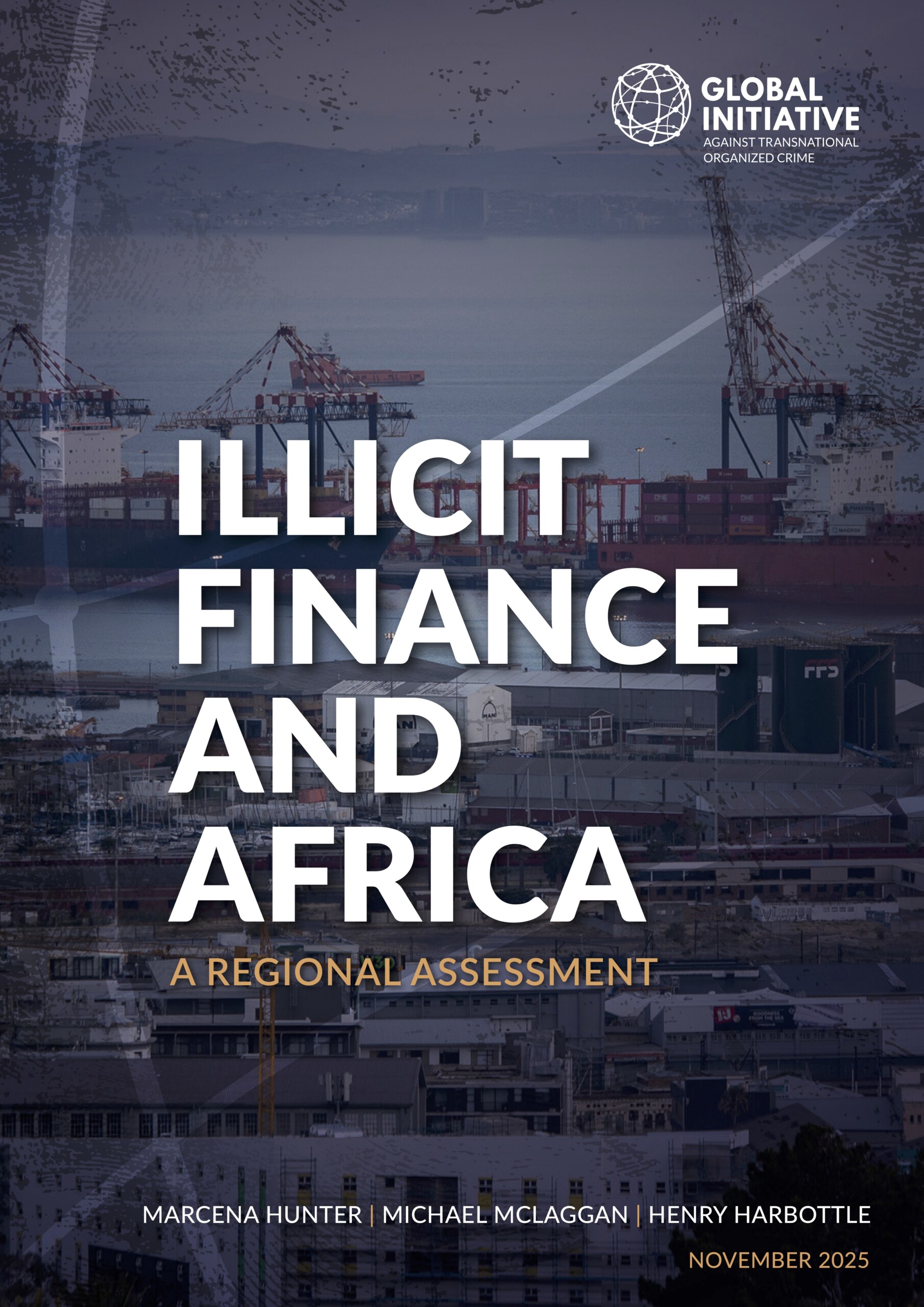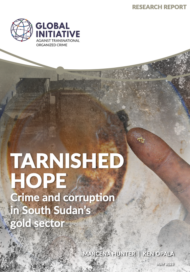Posted on 25 Nov 2025
Illicit financial flows (IFFs) in Africa are increasing in scale, complexity and impact, affecting countries that act as sources, transit points or destinations. These flows erode economic stability, fuel corruption and sustain organized crime, with harms that extend beyond the continent.
Because IFFs are transnational, they intersect with international financial hubs and global trade hubs, where enabling regulatory frameworks and investor-friendly policies often attract illicit funds. As a result, major financial and trade hubs have become highly attractive destinations for IFFs, heightening risks to African states while also exposing destination countries to weakened financial systems, distorted markets and increased threats of corruption and criminal activity.
This regional assessment provides an analytical overview of illicit finance typologies across Africa, mapping networks and actors involved and highlighting high-risk jurisdictions. Illicit finance is defined here as the broader concept of financing illicit activities, while IFFs refers specifically to the illicit generation, movement and use of wealth and value. The report adopts the GI-TOC IFFs pyramid framework, examining formal financial flows, trade flows and informal flows, and identifying how vulnerabilities at each level reinforce one another.
Illicit finance threats are most acute at convergence zones where typologies, jurisdictions or actors intersect. Jurisdictions that combine weak regulation, sophisticated service providers and critical trade or financial infrastructure are magnets for illicit finance. These dynamics are evolving rapidly due to geopolitical shifts, digital innovation and the adaptability of criminal networks. Emerging hotspots include conflict zones, weakly governed regions and free-trade areas, all of which heighten financial stability and security risks.
Several typologies stand out for their scale, growth trajectory and cross-border impact. Designated non-financial businesses and professions (DNFBPs) are central to laundering and moving illicit funds through layered schemes involving lawyers, accountants, real estate agents and corporate service providers. Trade-based money laundering (TBML) is a major threat and persistent blind spot, driven by mis-invoicing, smuggling and exploitation of special economic zones (SEZs) and free trade zones (FTZs). The gold trade remains a cornerstone of illicit finance, with supply chains shaped by political actors, smuggling networks, mis-declared exports and strategic transit hubs.
Informal value transfer systems (IVTS) such as hawala, fei-qian and Chinese underground banking offer alternative financial channels that leave minimal digital trace and operate largely outside AML/CFT frameworks. Meanwhile, Africa’s rapidly expanding fintech ecosystem presents both opportunity and risk. Mobile money and cryptocurrency platforms facilitate financial inclusion but also introduce vulnerabilities linked to pseudo-anonymity, unregulated virtual asset service providers (VASPs) and cross-border digital transactions.
This assessment highlights blind spots linked to limited oversight, fragmented enforcement and the rapid evolution of illicit finance networks. It underscores the need for typology-based interventions, foundational research, strengthened oversight, beneficial ownership transparency, improved customs capacity and balanced regulation that supports financial inclusion while mitigating risk. Addressing these challenges is essential for safeguarding financial integrity and responding to the most harmful and emerging trends in illicit finance across Africa.




